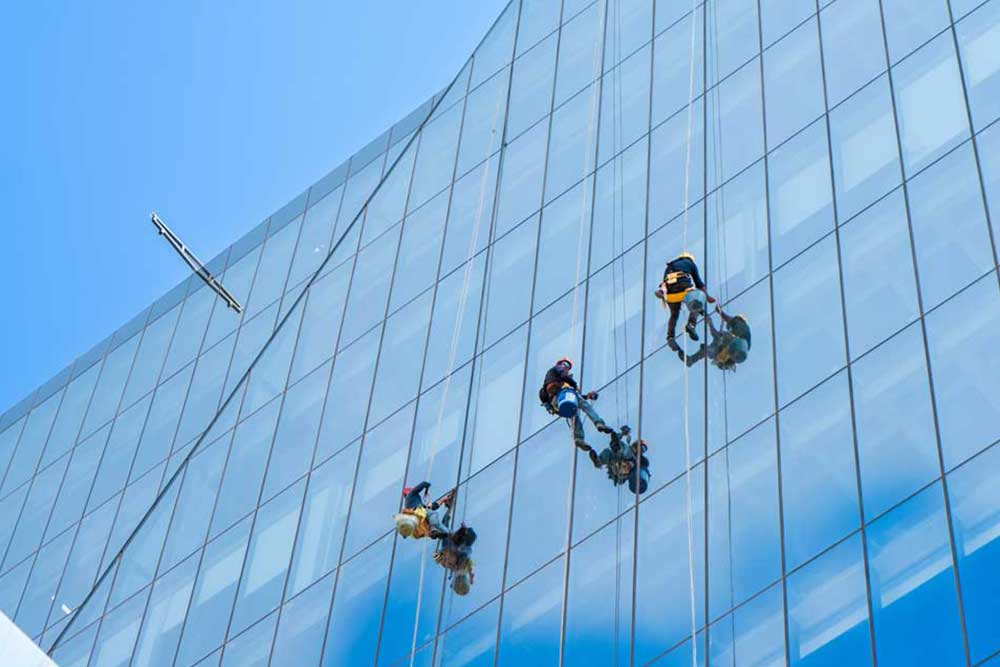When it comes to working at heights, safety and efficiency are paramount. That’s where IRATA Rope Access solutions come into play. IRATA, which stands for the Industrial Rope Access Trade Association, sets the standard for rope access work worldwide. In this detailed guide, we will delve into what IRATA Rope Access solutions entail, their benefits, and why they are the go-to choice for various industries.
What is IRATA Rope Access?
IRATA Rope Access is a method of working at height where ropes and specialized equipment are used to access and perform work on structures. Unlike traditional methods such as scaffolding or cradles, IRATA Rope Access allows technicians to reach difficult areas safely and efficiently. This technique is highly versatile and can be used in a range of environments, from skyscrapers to offshore oil rigs.
IRATA was established in the late 1980s to address the need for a safer and more efficient means of working at heights. It provides comprehensive training and certification programs to ensure that technicians possess the necessary skills and knowledge to perform their tasks safely. The organization’s guidelines and standards are recognized globally, making IRATA Rope Access a trusted solution for many industries.
Benefits of IRATA Rope Access Solutions
One of the main advantages of IRATA Rope Access solutions is the significant reduction in downtime and operational disruption. The setup and dismantling of rope access systems are quicker compared to scaffolding, allowing projects to be completed faster. This efficiency translates into cost savings and minimizes the impact on the surrounding environment and ongoing operations.
Safety is another key benefit. IRATA Rope Access boasts an exemplary safety record. The rigorous training and certification process for technicians ensure that only highly skilled professionals carry out the work. This focus on safety reduces the likelihood of accidents, protecting both the workers and the infrastructure they work on.
Cost-effectiveness is also a major advantage. Traditional access methods, such as scaffolding, can be expensive due to the materials and labor required for setup and teardown. In contrast, rope access requires fewer materials and less time, resulting in lower overall costs. This makes it an attractive option for budget-conscious projects.
Additionally, IRATA Rope Access is environmentally friendly. Since it requires minimal equipment and does not involve heavy machinery, it has a reduced environmental impact. This is particularly important for projects in sensitive or protected areas where preserving the natural surroundings is crucial.
Applications of IRATA Rope Access
IRATA Rope Access is utilized across a wide range of industries. In the construction sector, it is commonly used for the inspection, maintenance, and repair of tall buildings and structures. Tasks such as window cleaning, façade repairs, and structural inspections can be efficiently performed using rope access techniques.
In the oil and gas industry, rope access is essential for the maintenance and inspection of offshore platforms and rigs. The ability to access hard-to-reach areas safely and quickly is crucial in these environments, where traditional methods might be impractical or unsafe.
The renewable energy sector also benefits from IRATA Rope Access. Wind turbine maintenance, for example, requires technicians to work at significant heights. Rope access provides a safe and efficient way to perform inspections, repairs, and cleaning on these towering structures.
Additionally, the entertainment industry often employs rope access for rigging stages and sets. The flexibility and safety of IRATA Rope Accesses make it ideal for setting up complex rigging systems in theaters, concert venues, and film sets.
Why Choose IRATA Certified Technicians?
Choosing IRATA-certified technicians ensures the highest standards of safety and proficiency. IRATA’s training program is globally recognized and involves a combination of theoretical knowledge and practical skills. Technicians must undergo continuous assessment and re-certification, ensuring they stay updated with the latest industry practices.
IRATA certification is divided into three levels:
- Level 1 technicians are entry-level professionals who perform a range of tasks under the supervision of higher-level technicians.
- Level 2 technicians have additional experience and skills, allowing them to perform more complex tasks and supervise Level 1 technicians.
- Level 3 technicians are the highest level, with advanced knowledge and leadership skills, capable of managing projects and ensuring safety protocols are followed.
Furthermore, companies that employ IRATA Rope Accesses solutions often experience fewer accidents and incidents, leading to better project outcomes. This is crucial not only for the safety of the workers but also for the protection of the assets they work on.
Conclusion
In conclusion, IRATA Rope solutions provide a safe, efficient, and cost-effective method for working at heights. Whether it’s for construction, maintenance, inspection, or even in the entertainment industry, the benefits are clear. By choosing IRATA-certified technicians, you ensure that your projects are handled by the best in the business, adhering to the highest standards of safety and quality.
For glass services that exceed expectations, Glass World can be your trusted partner. Get in touch with us today to explore our extensive range and find the ideal glass products for your projects.


